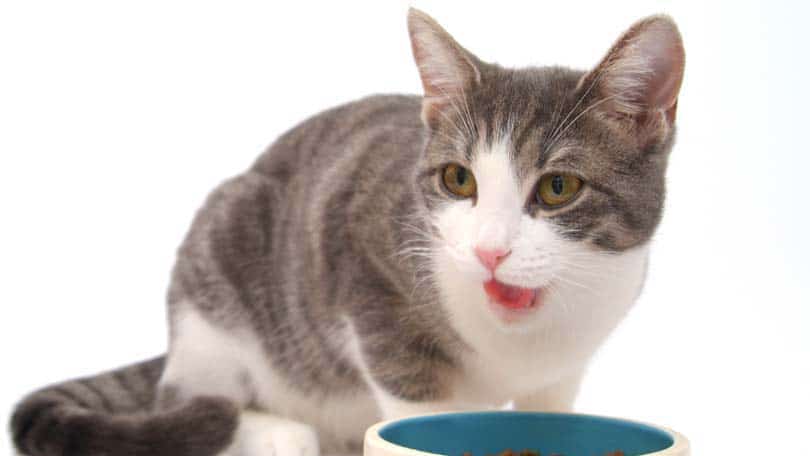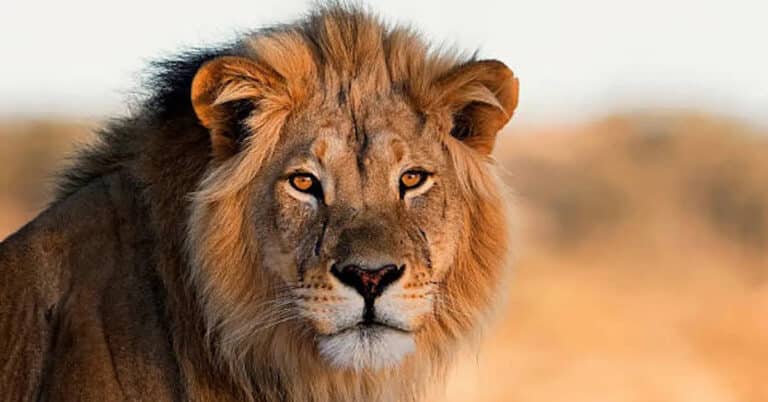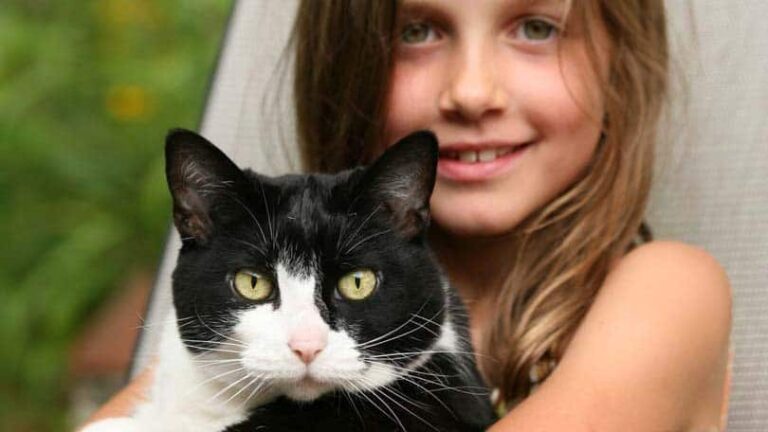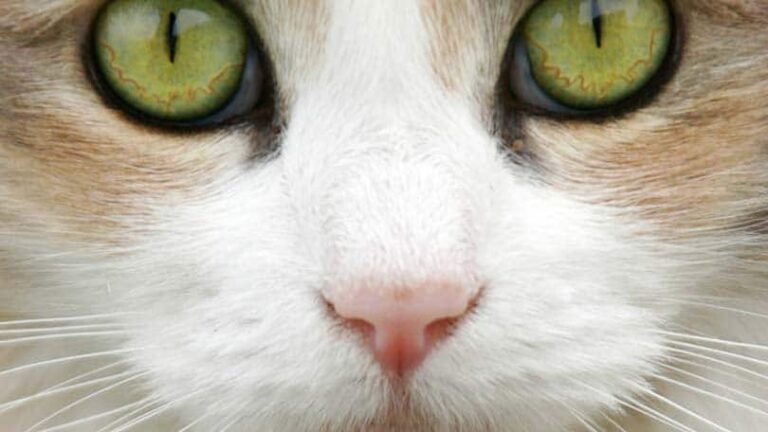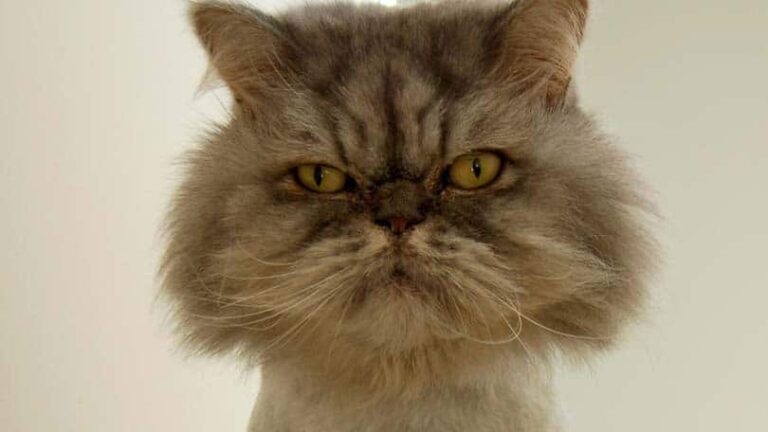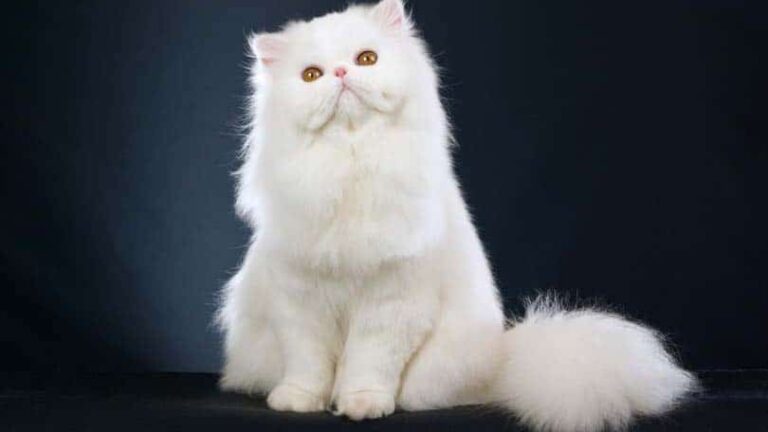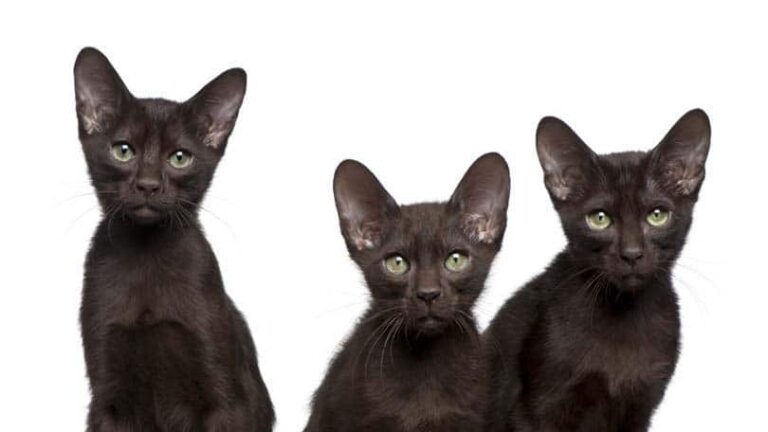How Much Should I feed my Cat?
“How much should I feed my cat?” is a common question asked among cat owners, and although there are some general guidelines to follow, there is no one unifying answer. Factors such as age, activity level, health, and size of the cat will all play a part in knowing how much to feed them. It is important not to overfeed a cat, and likewise not feed them enough as both scenarios are detrimental to their overall health.
A normal, adult reasonably active cat needs around one ounce of food per pound of body weight per day. The relating calorie content to this is about 20 to 30 calories per pound of body weight. To quickly do the maths, that would mean a 7-ounce cat would need about 7 ounces of food per day or around 140 to 180 calories each day. This can be given as one meal a day, in the morning or the evening as your schedule allows. Owners often leave dry food out for their cats during the day, and there is nothing wrong with doing so. You must remember however to include this food when you calculate your cat’s requirements. For example, if a cat needs 8 ounces of food per day, reduce the amount of canned food you give by the amount of dry food your cat is consuming. These are guidelines for regular, healthy, adult cats. There are other guidelines for cats at other stages in their life or with differing health.
It is quite possible for your cat to be overweight but not be realised, as cats store their weight in their tummies which makes it difficult to see. A cat could look perfectly slim and yet still be storing too much fat making them prone to illness and health problems later on in life. That is why it is so important to research just how much food is needed. Kittens and cats in their early adulthood need more nutrients per pound of body weight to enable correct development. They need extra protein for growth and the development of strong muscles, more fat to give them the right amount of fatty acids that they need, more minerals to give them strong teeth and bones, and additional calories for the extra energy their body needs to undertake the rapid development and growth it is undertaking.
It is a good idea to buy specially formulated kitten food for very young cats, as this will automatically ensure your kitten is receiving all the added nutrition that it needs. Make sure you read the instructions on the packet as there will be a guide as to how much food to provide according to weight. Small, regular meals are most suitable for kittens so as they don’t overstuff themselves at meal times which is not ideal.
Pregnant cats and cats that are lactating also require additional nutrients. Cats like routine and habit, so rather than changing their cat food that they have become used to, simply provide a little more each day to ensure they receive the extra nutrients that they need. As a rule of thumb, give them two or three smaller meals during the day instead of one large meal. Again, don’t forget to include any dry food they consume into the total.
Always have a look at the guidelines on the back of the packet of food you buy for your cat, as there you will find information and guides on how much food to give your cat. Your vet can also tell you how much you should be feeding your cat. Regular weigh-ins are a good idea as this will make sure your kitten is developing correctly, and will also tell you if your adult cat is gaining or losing weight. This is another indicator on how much to feed them. Noticeable weight loss means the cat is not eating enough, but rapid weight gain in an adult cat will tell you it is being overfed.
Time, monitoring and patience are all necessary to ensure you strike the perfect balance. Because there is no one size fits all instruction, you have to judge what is necessary. In essence, the individual owner must work to answer the question “how much should I feed my cat?” As already mentioned, it is perfectly acceptable to provide your cat with a mixture of dry and wet food, as long as both are included in their daily allowance total. If your cat is not eating all of their dry food that you leave out during the day, be aware that they may not be getting enough food. Cats sometimes find dry food to be a little unpalatable which could explain why they are not eating it. Reevaluate your feeding routine if this happens. Increase the amount of canned food, and reduce the amount of dry food, that way the cat stays healthy and happy. If you notice any weight gain or weight loss, think again about what and how much your cat is eating.
Sometimes cats eat out of boredom. If you are coming home to find that every last scrap of dry food is gone, you may want to consider livening up your cat’s day with toys and games to keep them entertained. Boredom is especially likely when there is no one in the house during the day.
Plenty of water is necessary for cats, especially if dry food is included in their diet as there is little moisture contained within. Cats are very clean by nature, and won’t appreciate dirty food or water bowls. Make sure they are cleaned regularly and try and use ceramic containers if possible. Plastic is a substance that soaks in smells and flavours which could easily put your cat off.
To summarise, the different needs of cats mean the amount of food given can vary wildly. There is no 1 answer to the question of “how much should I feed my cat?” To being with, follow the instructions on the back of the packet and talk to your vet. Consider using a specially formulated food for very young cats, and keep a close eye on their development. Regular weight ins are helpful in determining if your cat is over or underweight as sometimes it is difficult to see with the naked eye. If gaining weight or losing weight is occurring, consider changing your feeding routine by either increasing the amount of food given, or taking some away.

Having discovered a fondness for insects while pursuing her degree in Biology, Randi Jones was quite bugged to know that people usually dismissed these little creatures as “creepy-crawlies”.

